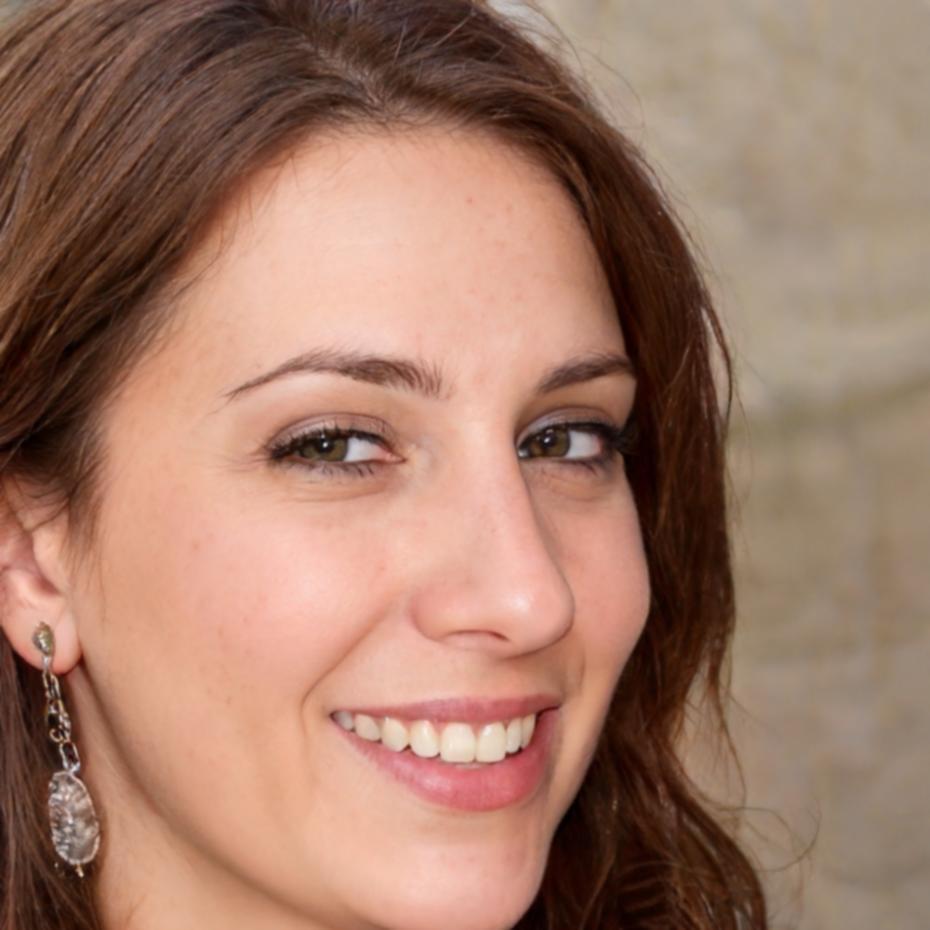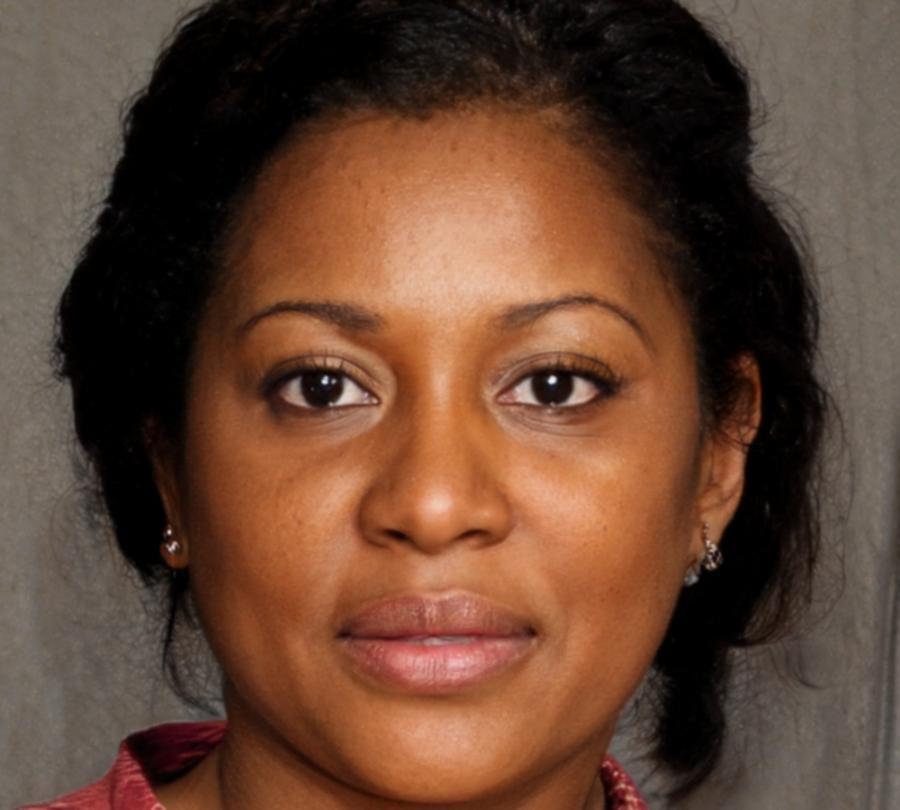Layla Hosni
Character Artist at Local Studio
Struggled with organic modeling. Her characters looked angular and unnatural—couldn't figure out edge flow for facial expressions.
Now she creates stylized characters for mobile games. Her breakthrough came when she stopped trying to memorize techniques and started understanding the underlying anatomy. She recently led character design for a project launching this spring.



